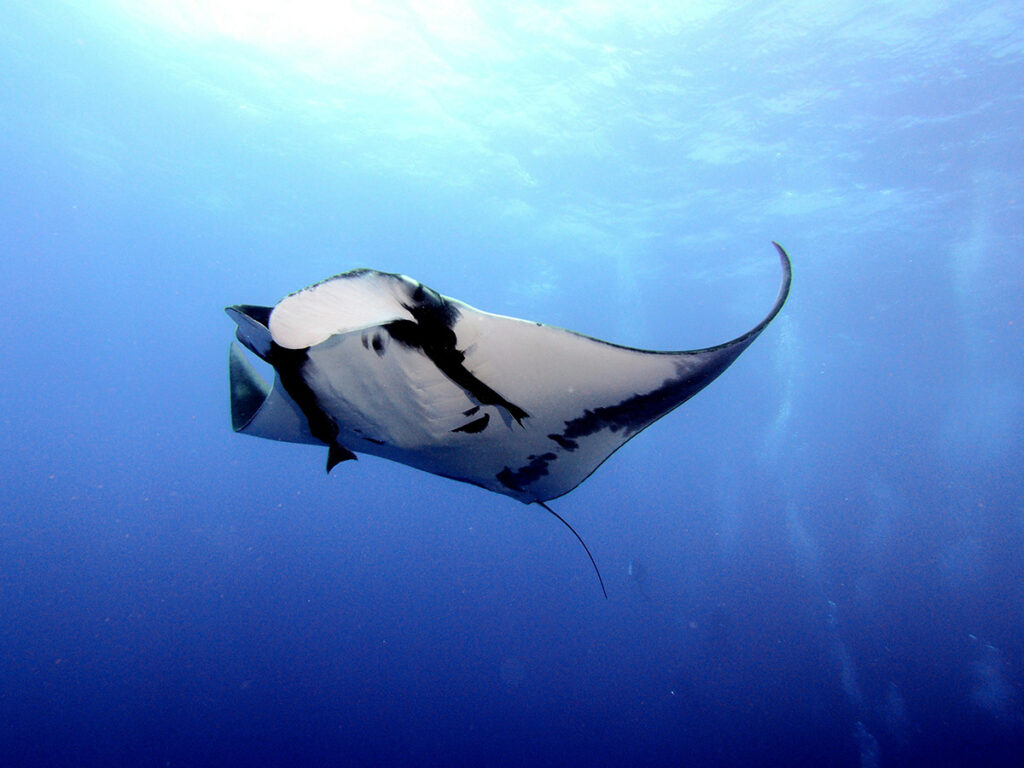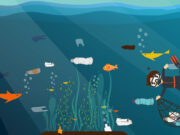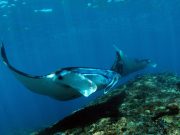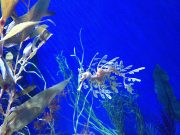When it comes to world-class dive destinations, Palau and Raja Ampat are two names that sit at the top of every diver’s wish list. Both destinations boast rich biodiversity, stunning coral reefs, and abundant pelagics. However, choosing between the two can be challenging, as each offers its own unique attractions. In this article, we’ll dive into the similarities and differences between Palau and Raja Ampat to help you decide which destination is right for you.

Overview of Diving in Palau and Raja Ampat
Palau
Located in the western Pacific Ocean, Palau is known for its pristine reefs, dramatic drop-offs, and thrilling drift dives. This island nation offers a range of dive experiences, from shallow coral gardens to deep walls teeming with large pelagics. Palau’s signature sites, such as Blue Corner and German Channel, attract sharks, manta rays, and barracudas in vast numbers, making it a magnet for divers seeking big marine life action.

Raja Ampat
Raja Ampat, part of Indonesia’s West Papua province, is often considered the crown jewel of coral reef biodiversity. Situated in the heart of the Coral Triangle, it boasts a variety of marine species, from tiny critters to massive schools of fish and manta rays. Known for its lush coral gardens, pinnacles, and current-swept dive sites, Raja Ampat provides a more remote and less touristy experience, with dive sites often only accessible by liveaboard.

How are Palau and Raja Ampat Similar?
Both Palau and Raja Ampat are renowned for their biodiversity and healthy reef systems. Whichever destination you choose, you can expect vibrant coral formations, clear waters, and encounters with iconic marine species, including reef sharks, manta rays, and sea turtles. Both destinations also offer the opportunity for advanced drift diving, with strong currents and large schools of fish and pelagics.
Another similarity is that both Palau and Raja Ampat are best explored via liveaboard, allowing you to access remote dive sites that would be difficult to reach on day trips alone. While shore-based diving is available in some parts of both regions, liveaboards provide access to the full range of diving sites.
How Do Palau and Raja Ampat Differ?
1. Types of Dive Sites
Palau: The dive sites in Palau are diverse, ranging from exhilarating drift dives at Blue Corner to WWII wreck dives such as the Iro Maru. Palau is also famous for its walls and channels, which attract big pelagics like reef sharks, hammerheads, and manta rays. The German Channel is particularly popular for its manta ray cleaning stations.

Raja Ampat: Raja Ampat’s dive sites are renowned for their biodiversity and soft corals. Pinnacles, slopes, and walls covered in hard and soft corals dominate the underwater landscape. The region is less about big pelagic action and more focused on coral health and marine life diversity, though it is a hotspot for manta rays. You’ll also encounter schooling fish, pygmy seahorses, wobbegong sharks, and critters, making it ideal for underwater photographers and macro enthusiasts.

2. Marine Life Highlights
Palau: Palau is a haven for large marine species, with regular sightings of reef sharks, manta rays and turtles. The country is home to one of the world’s largest protected shark sanctuaries, making it ideal for shark fans. You can also expect encounters with massive schools of barracudas, jacks and the occasional dolphin or whale shark.
Raja Ampat: Raja Ampat has some of the richest biodiversity in the world, with over 1,500 species of fish and 500 species of coral. While you’ll still spot sharks and mantas, Raja Ampat is better known for its coral reefs, vibrant fish life, and critters like frogfish, nudibranchs, and pygmy seahorses. Its marine life diversity makes it a dream for divers who love seeing a wide variety of species.
What’s Above the Water?
Palau: Palau’s natural beauty extends beyond its dive sites. Above the water, Palau offers stunning limestone islands, hidden lagoons, and the famous Jellyfish Lake, where you can snorkel with harmless golden jellyfish. Kayaking, hiking, and visiting WWII relics are popular activities for divers on their surface intervals.

Raja Ampat: Raja Ampat’s remote and wild nature is reflected above water as well. The region is composed of over 1,500 islands, islets, and cays, creating a landscape of pristine beaches and dense jungle. Above water, you can explore local villages, take birdwatching trips, and hike to viewpoints such as Pianemo or Wayag for spectacular panoramas of the islands.
Dive Conditions and Experience Level.
Palau: Palau boasts average water temperatures of 27–30°C (80–86°F) and visibility of 18–40 meters (60–130 feet). The average dive site depths are 10–40 meters (33–131 feet).
Diving in Palau is best suited to advanced divers due to its strong currents, deep dive sites, and drift dives.

Raja Ampat: Raja Ampat’s dive conditions are quite similar to Palau, with average water temperatures of 27–29°C (80–84°F) and visibility of 15–30 meters (50–100 feet). The average dive site depths are 5–30 meters (16–98 feet).
Diving in Raja Ampat is ideal for advanced divers, though some areas are suitable for beginners. Currents can be strong at certain sites, but many shallow reefs are great for Open Water Divers and snorkelers.
When is the Best Time to Visit?
Palau:
- Best Time to Dive: November to April.
- Seasonal Highlights: Manta ray season is from December to March, while reef sharks are often seen year-round.
Raja Ampat:
- Best Time to Dive: October to April.
- Seasonal Highlights: The best time for manta ray sightings is from October to April, with large congregations near cleaning stations. During these months, you’ll also encounter large schools of fish and excellent macro life.

Which Destination is Better?
Choosing between Palau and Raja Ampat depends on what type of diving and experience you’re looking for. If you’re after large pelagic encounters, thrilling drift dives, and a mix of wreck and reef diving, Palau might be the better choice. On the other hand, if biodiversity, coral health, and vibrant reefs are your priority, Raja Ampat offers incredible diving in a remote and pristine environment.
Both destinations are extraordinary and offer bucket-list diving. For many divers, it’s not a matter of choosing one over the other, but rather planning trips to both over time. Whichever you choose first, you’re in for an unforgettable time.
This article was written by Kathryn Curzon, a dive travel writer for SSI.



















